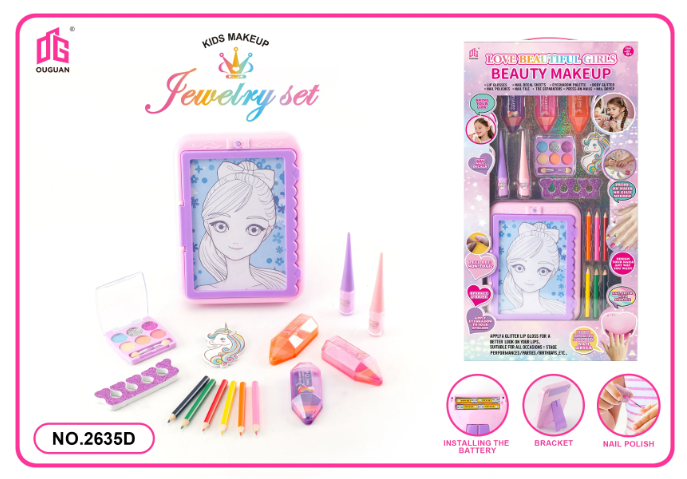Driving in Style: The Ultimate Guide to Choosing the Best Sunglass Lens Colors for Safe and Comfortable Driving
When it comes to driving, safety is paramount. One often overlooked aspect of driving safety is the choice of sunglasses. The right sunglass lens color can significantly enhance visibility, reduce glare, and improve overall comfort while on the road. In this comprehensive guide, we will explore the best sunglass lens colors for driving, considering factors such as light conditions, weather, and personal preferences.
Understanding the Importance of Lens Color
Sunglass lenses are not just a fashion statement; they play a crucial role in protecting your eyes from harmful UV rays and improving your visual clarity. Different lens colors filter light in various ways, which can affect your perception of depth, contrast, and overall visibility. When driving, these factors can make a significant difference in your ability to react to changing road conditions.
Top Lens Colors for Driving
- Gray Lenses:
Gray lenses are one of the most popular choices for driving. They provide true color perception, which is essential for accurately judging distances and recognizing traffic signals. Gray lenses reduce overall brightness without distorting colors, making them ideal for bright, sunny days. They also offer excellent protection against glare, which is particularly beneficial when driving on reflective surfaces like wet roads. - Brown/Amber Lenses:
Brown or amber lenses enhance contrast and depth perception, making them an excellent choice for driving in variable light conditions. These lenses filter out blue light, which can cause visual distortion and fatigue. They are particularly effective during overcast days or in low-light conditions, as they help to brighten the environment and improve visibility. Additionally, brown lenses can reduce glare from headlights at night, making nighttime driving safer. - Yellow/Gold Lenses:
Yellow or gold lenses are often favored by drivers who frequently navigate in low-light conditions, such as during dawn or dusk. These lenses enhance contrast and depth perception, allowing for better visibility in foggy or hazy conditions. However, they may not be suitable for bright, sunny days, as they can increase brightness and cause discomfort. Therefore, they are best used in specific situations rather than as an all-purpose driving lens. - Green Lenses:
Green lenses provide a good balance of color distortion and brightness reduction. They enhance contrast and reduce glare while maintaining color accuracy. Green lenses are versatile and can be used in various lighting conditions, making them suitable for both daytime and nighttime driving. They are particularly effective in reducing eye strain during long drives.
Additional Considerations for Sunglass Lenses
While lens color is crucial, other factors should also be considered when selecting sunglasses for driving:
- Polarization: Polarized lenses are designed to reduce glare from reflective surfaces, such as water or wet roads. This feature can significantly enhance visibility and comfort while driving. If you frequently drive in bright conditions, polarized lenses are highly recommended.
- UV Protection: Ensure that your sunglasses provide 100% UV protection. This is essential for safeguarding your eyes from harmful rays that can lead to long-term damage.
- Lens Material: The material of the lenses can also affect clarity and durability. Polycarbonate lenses are lightweight and impact-resistant, making them a popular choice for active drivers.
- Fit and Comfort: Sunglasses should fit well and provide adequate coverage to prevent light from entering from the sides. A comfortable fit is essential for long drives, as discomfort can distract you from the road.
Conclusion
Choosing the right sunglass lens color for driving is not just about style; it’s about enhancing safety and comfort on the road. Gray and brown lenses are generally the best options for most driving conditions, while yellow lenses can be beneficial in low-light situations. Always consider additional features like polarization and UV protection to ensure your eyes are well-protected. By making an informed choice, you can drive with confidence, knowing that your vision is optimized for safety and clarity.





